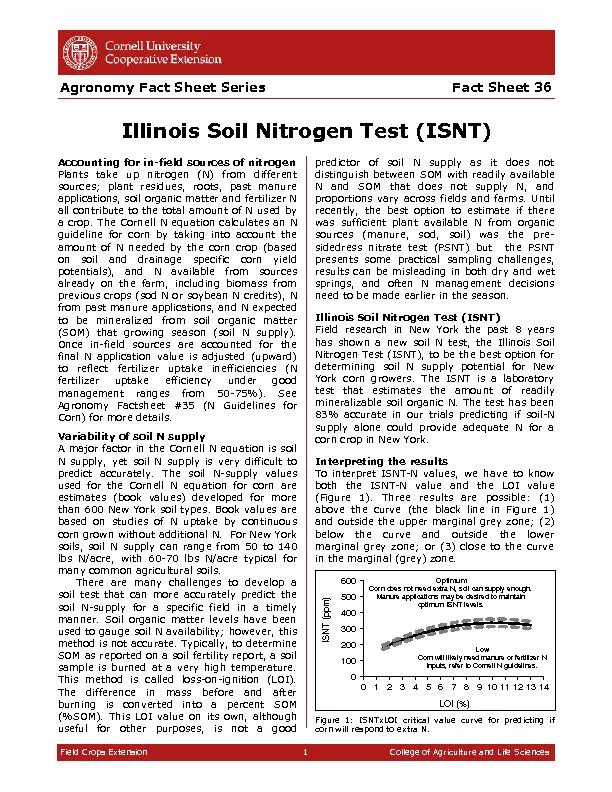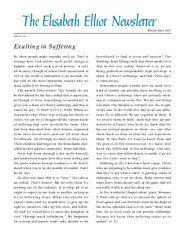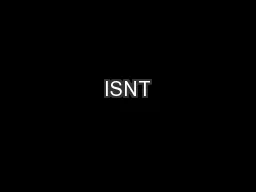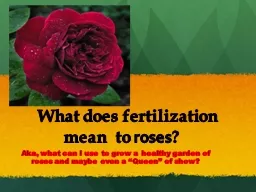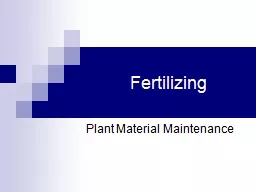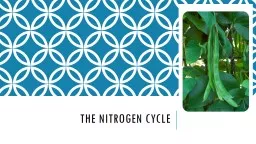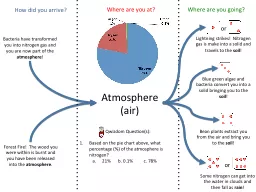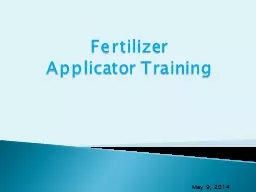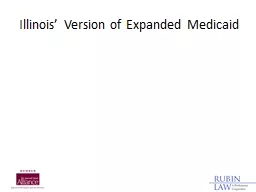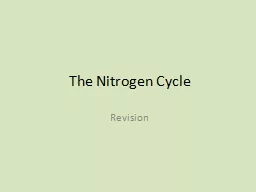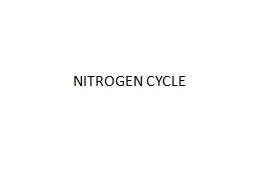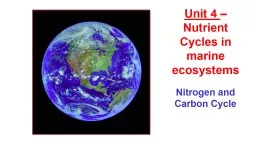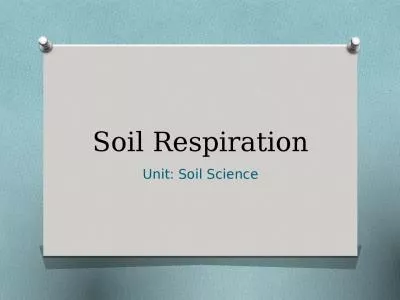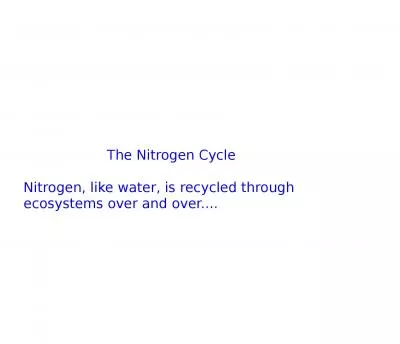PDF-Illinois Soil Nitrogen Test (ISNT)
Author : mitsue-stanley | Published Date : 2016-06-17
Fact Sheet 36 Agronomy Fact Sheet Series Field Crops Extension 1 College of Agriculture and Life Sciences Accounting for i n field sources of nitroge n Plants take
Presentation Embed Code
Download Presentation
Download Presentation The PPT/PDF document "Illinois Soil Nitrogen Test (ISNT)" is the property of its rightful owner. Permission is granted to download and print the materials on this website for personal, non-commercial use only, and to display it on your personal computer provided you do not modify the materials and that you retain all copyright notices contained in the materials. By downloading content from our website, you accept the terms of this agreement.
Illinois Soil Nitrogen Test (ISNT): Transcript
Download Rules Of Document
"Illinois Soil Nitrogen Test (ISNT)"The content belongs to its owner. You may download and print it for personal use, without modification, and keep all copyright notices. By downloading, you agree to these terms.
Related Documents

